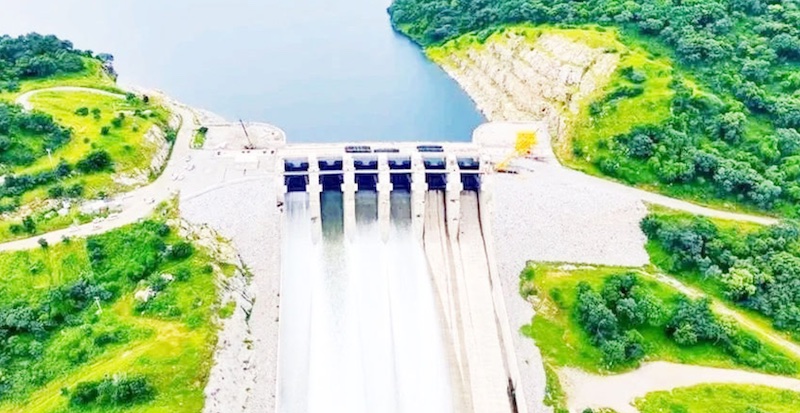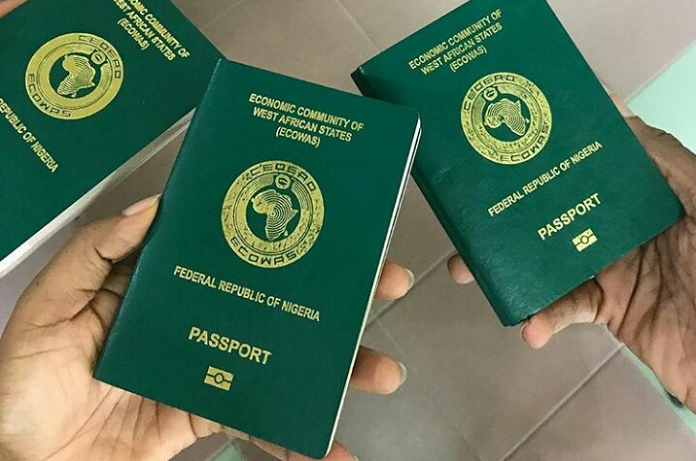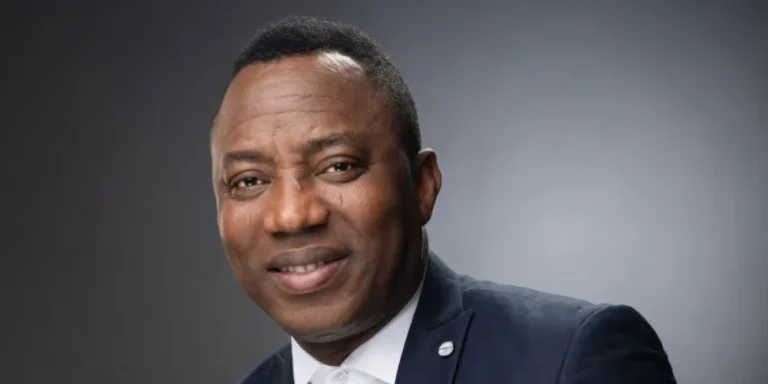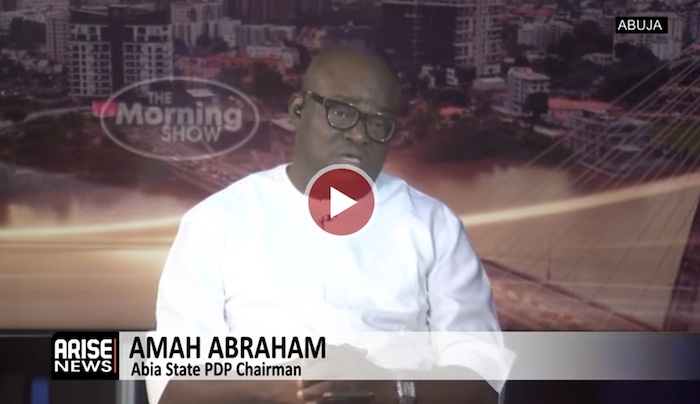
Screenshot
On September 9, 2025, the Ethiopian prime minister, Abiy Ahmed inaugurated the Grand Ethiopian Renaissance Dam (GERD), a towering 145-metre-tall engineering and architectural marvel.
The GERD is projected to generate 5,100MW of electricity at full capacity, which will double Ethiopia’s power output. Crucially, it will provide electricity to an estimated 60 per cent of Ethiopians who currently have no access and contribute to the country’s growing industrial power needs.
Consequently, Ethiopia offers critical lessons for Uganda. Estimated to have cost about $5 billion, Africa’s largest power plant was financed through a combination of government funds, bonds and contributions from Ethiopians both at home and in the diaspora.
In contrast, many power projects in Ugandan face insufficient funding, which leads to delays in commissioning the plant.
Ethiopia’s potential energy autonomy presents it with a golden opportunity to achieve two goals simultaneously: a significant improvement of livelihoods through cheap and constant electricity supply, and enabling a progressive industrial policy by facilitating efficient and increased power distribution to energy-intensive sectors of the economy, such as manufacturing, mining, textiles and electrified transport systems.
The Ugandan government recently resumed direct control of electricity distribution through the Uganda Electricity Distribution Company Limited (UEDCL).
Scholars and analysts such as Dr. Yusuf Serunkuma have greatly argued that despite UEDCL’s current struggles, a prudent look to the future strongly suggests that we stand to benefit greatly should our energy generation and distribution capacities remain in indigenous hands as costs will be lower and we shall be moving towards energy independence.
The GERD, with an installed capacity that is more than double Uganda’s, could potentially cement Ethiopia’s dominance in East Africa’s power market. In 2024, Ethiopia raked in $118 million from power exports, compared to Uganda’s $48.8 million, with plans to expand distribution via the Red Sea to Saudi Arabia.
Thus, it is imperative that we go back to the drawing board to provide a strategic response to these new developments to be able to retain client- countries like South Sudan, Rwanda and the Democratic Republic of the Congo who might turn to Ethiopia.
Furthermore, Uganda’s foreign policy architects must view Ethiopia’s newfound energy dominance through a strictly geopolitical lens. Failure to respond with well-planned and enhanced investment, aimed at expanding power generation and export capacity, risks eroding Uganda’s potential energy leverage — an instrument that could have served as a strategic lever in its foreign policy playbook.
Such leverage would strengthen Uganda’s role as a regional mediator in times of instability or conflict, a role not unfamiliar within the Great Lakes region.
The writer is a law student at the University of the West of England.
akramlubega422@gmail.com



